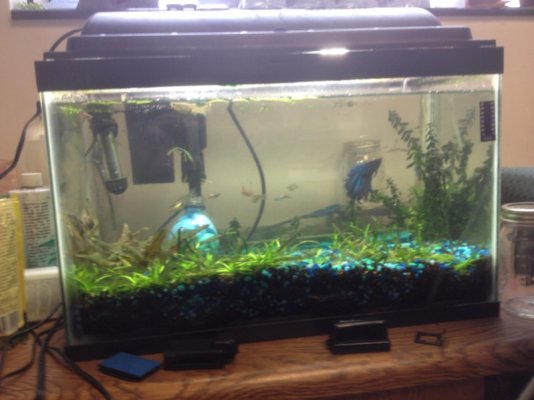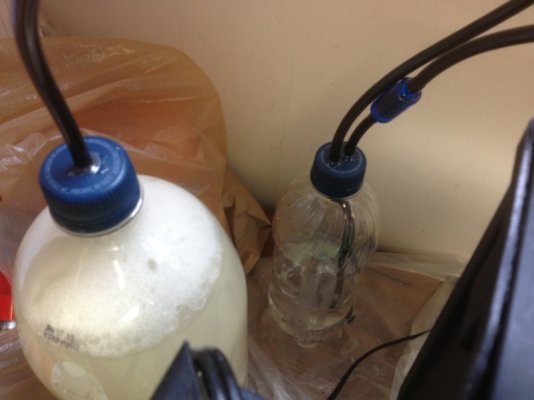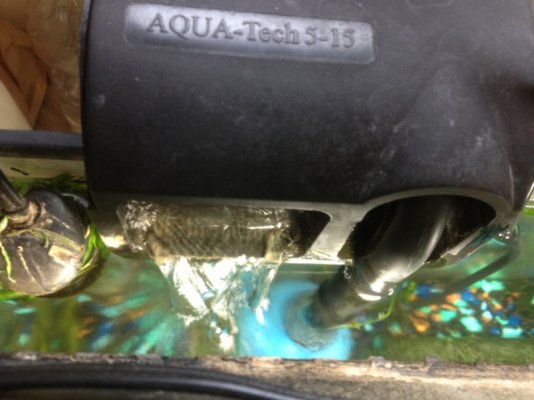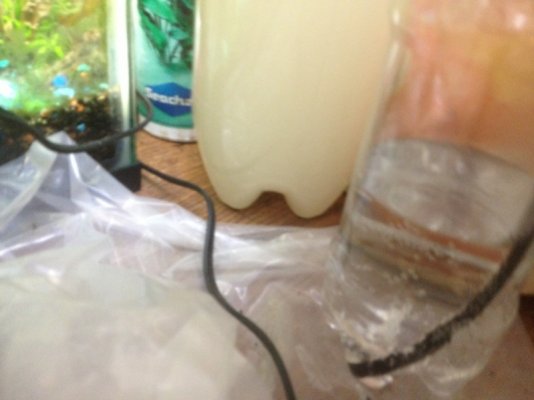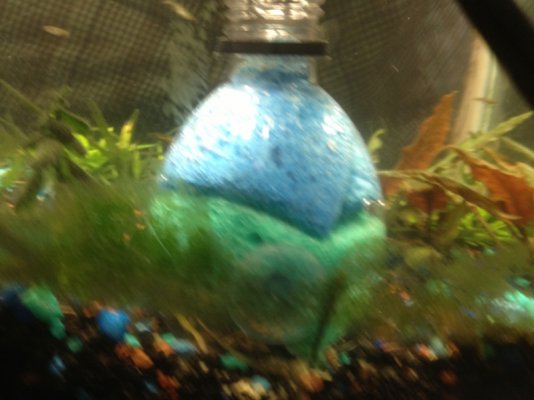Ilminded
Aquarium Advice Activist
- Joined
- Jan 7, 2013
- Messages
- 145
I started making my CO2 reactors yesterday and will be setting it up at my 10 gallon planted tank at work. I have a 2 liter bottle with a piece of tubbing going through hole to a check valve to a 500mL that will have so water in it to act as a counter/gas chamber. Then there will be another check valve coming off 2nd tubbing from 500mL going to a cut in half 500mL with sponges that will be in aquarium and positioned underneath intake of filter. My question is should I epoxy around the tubes in the caps? Also should I epoxy the tubing around check valves? Do I have to many check valves? Any help would be appreciated.

